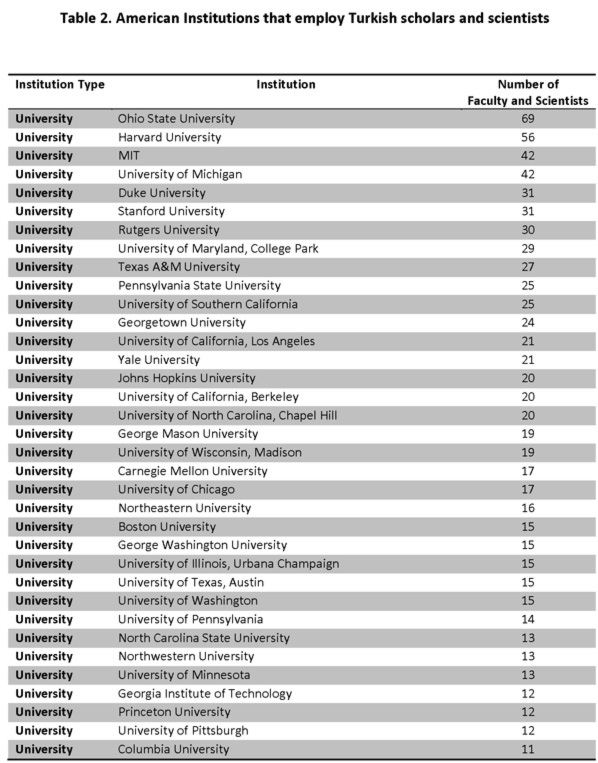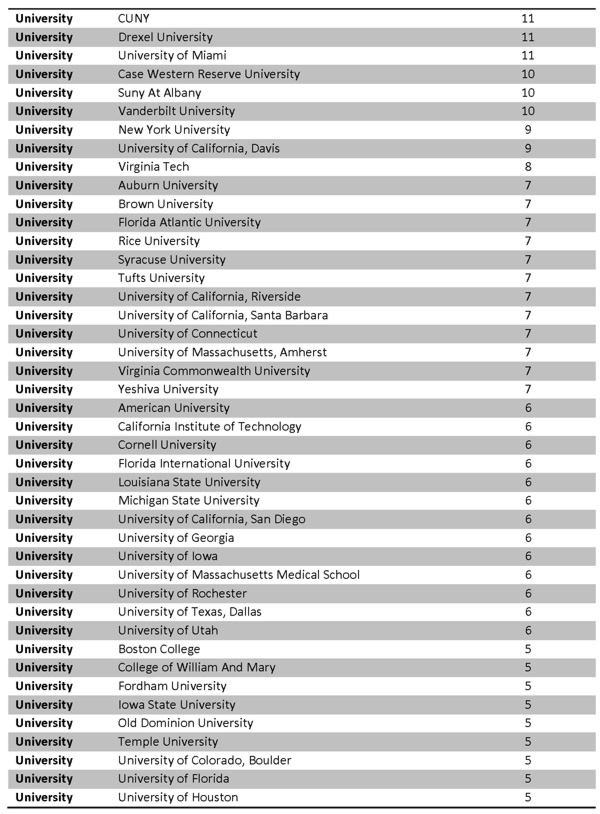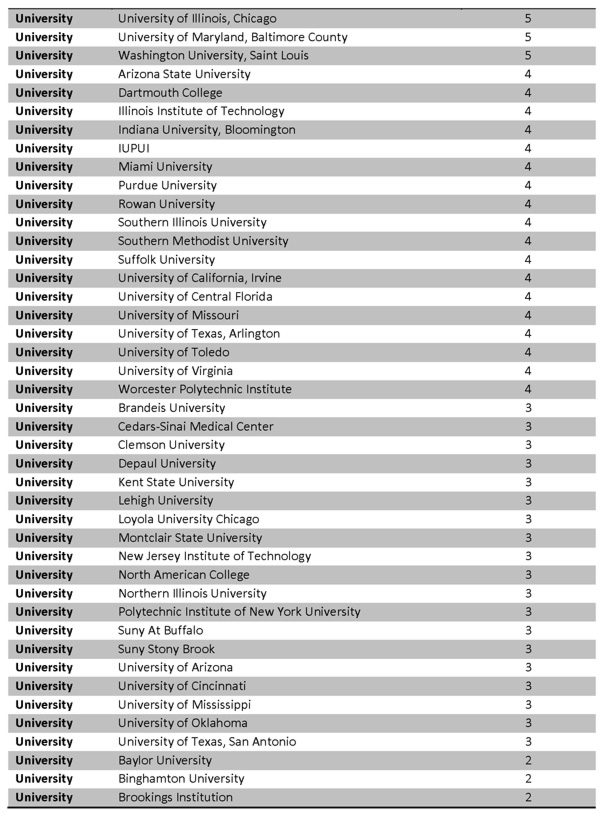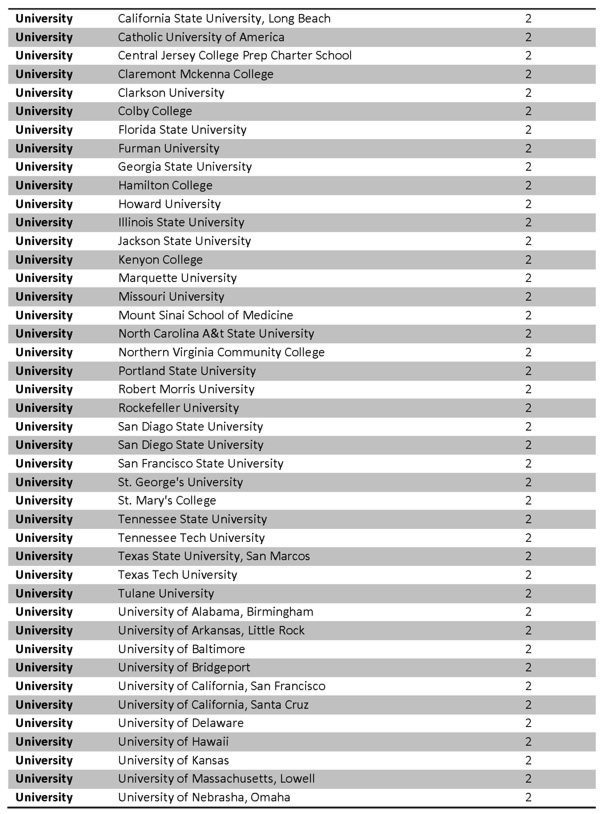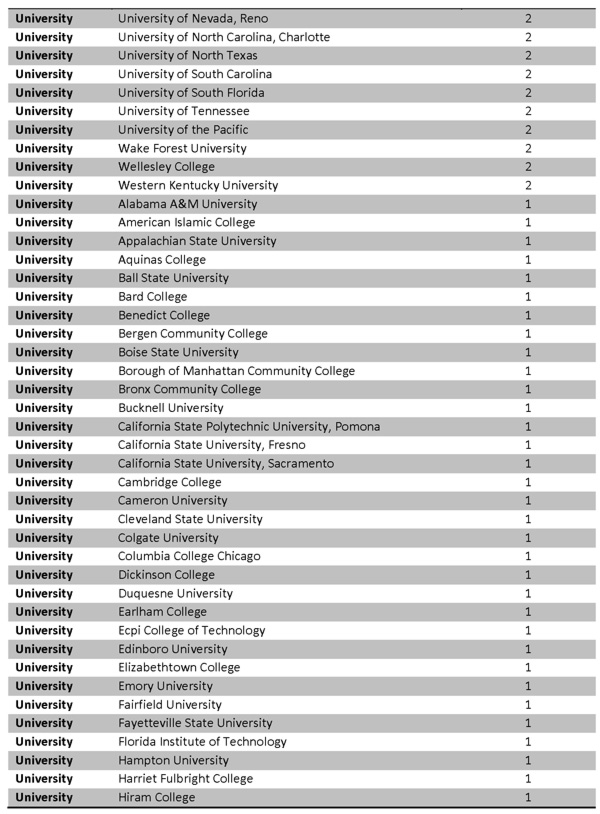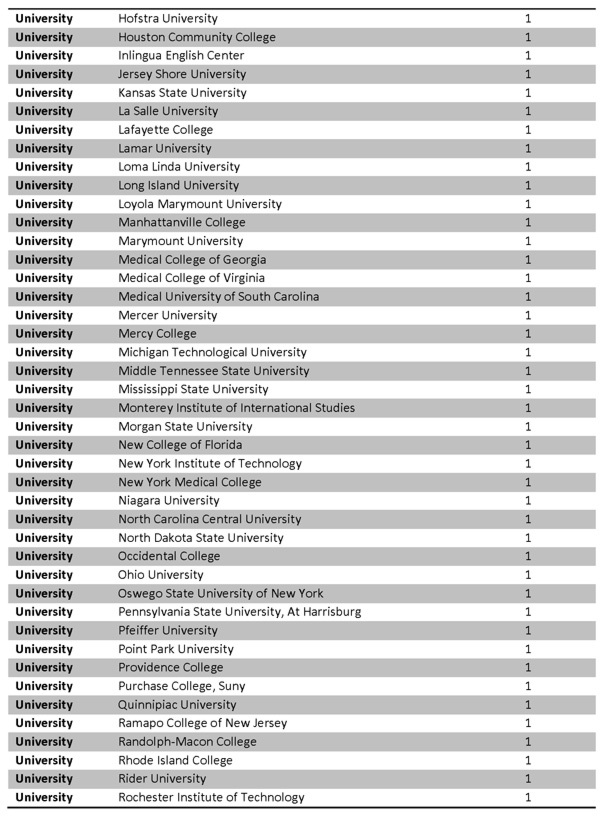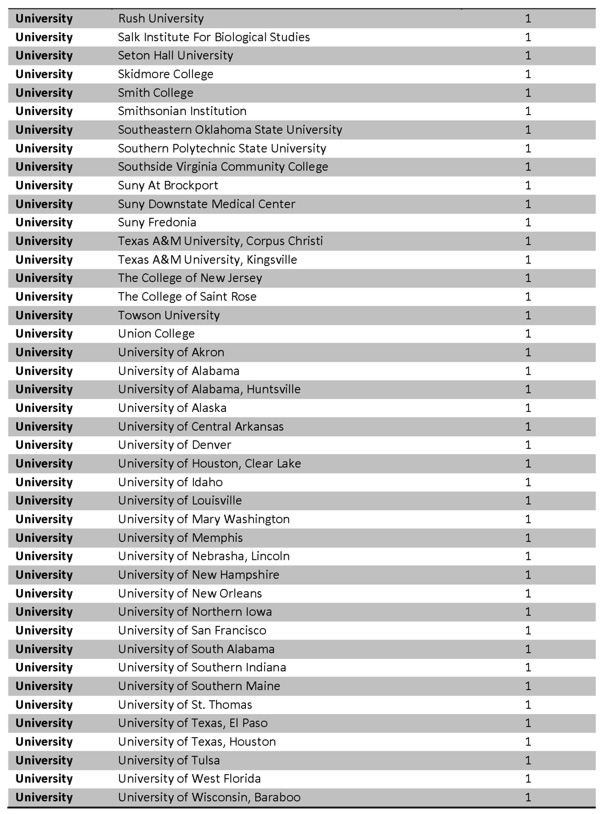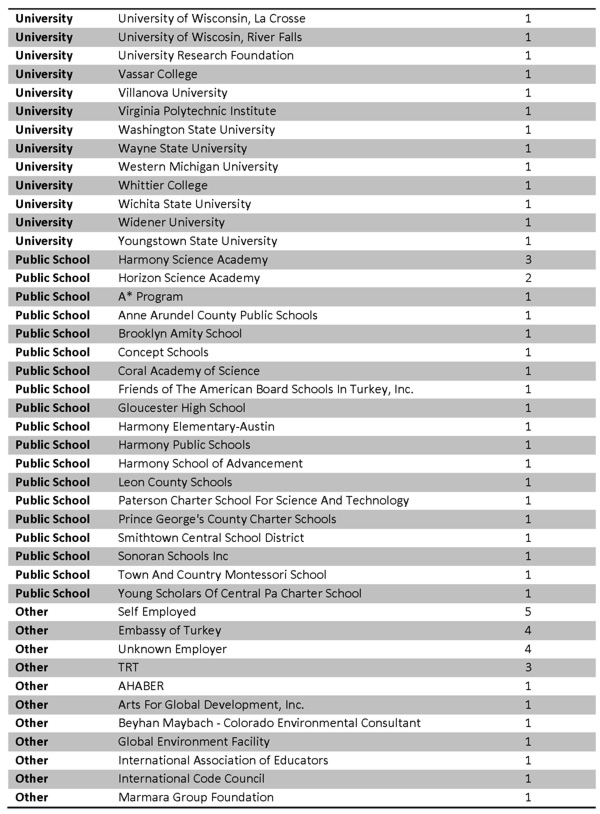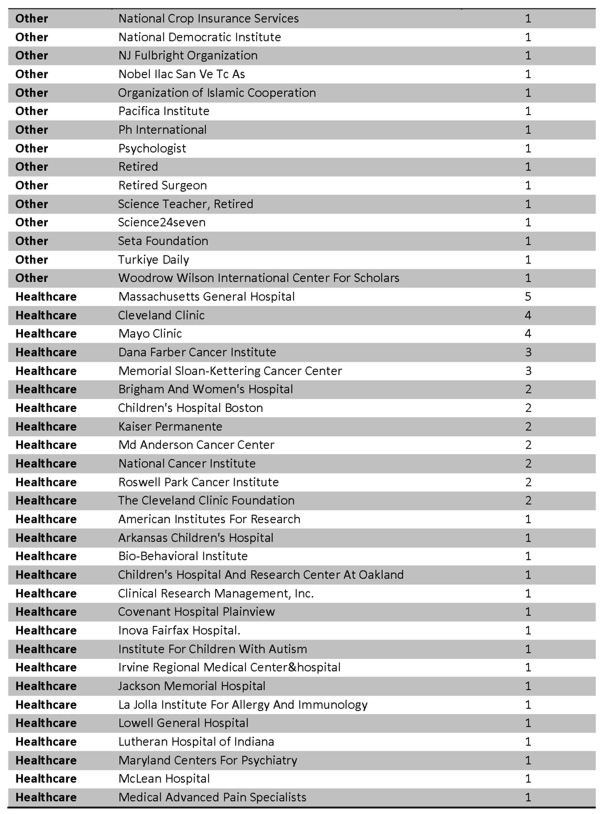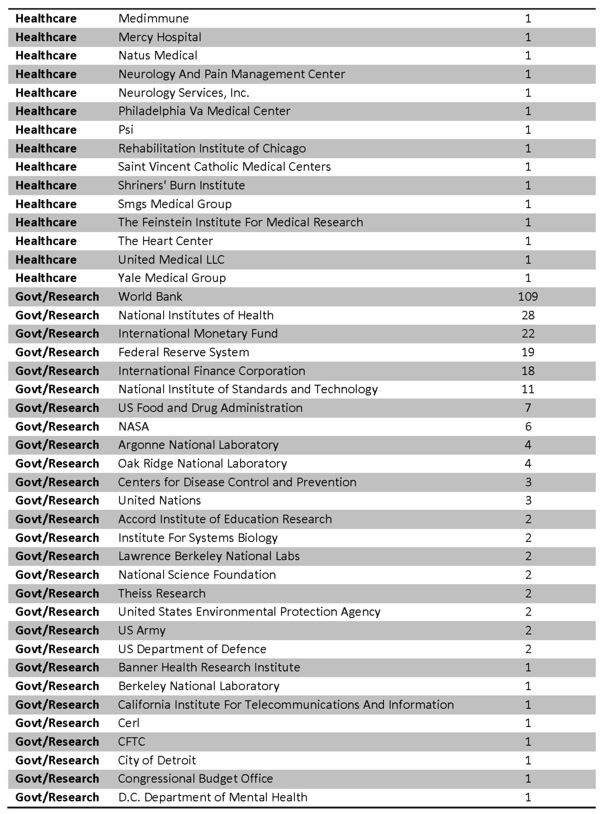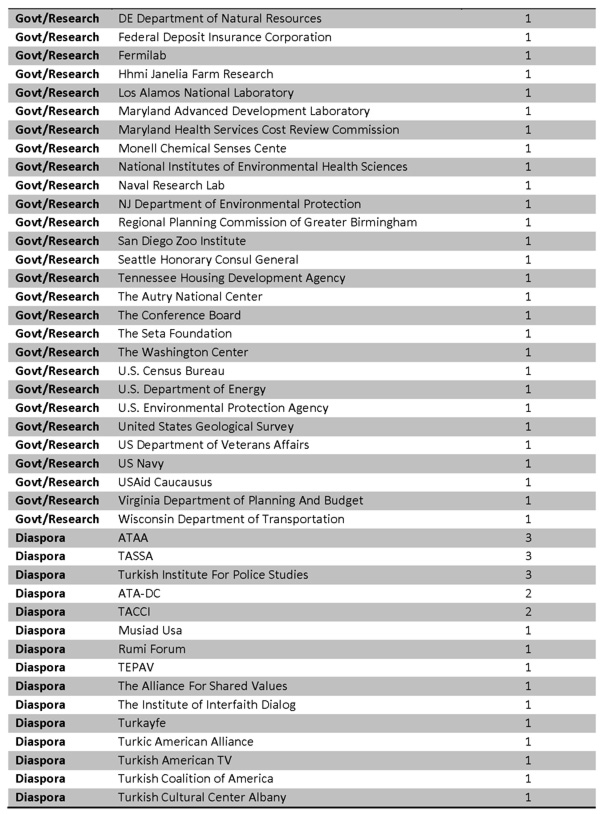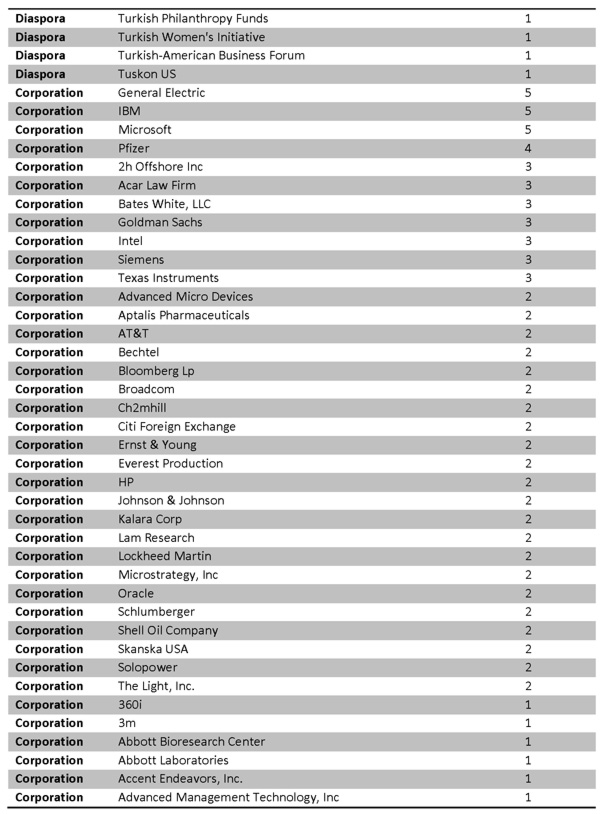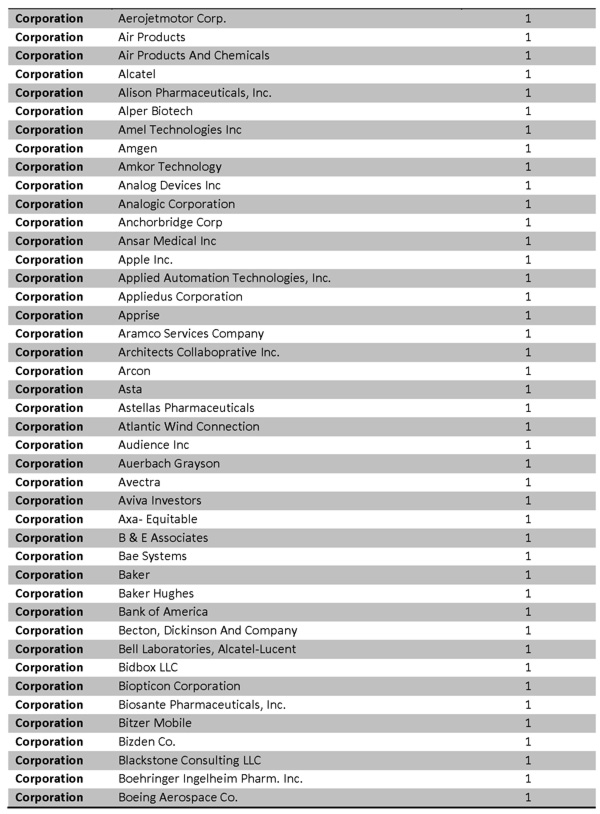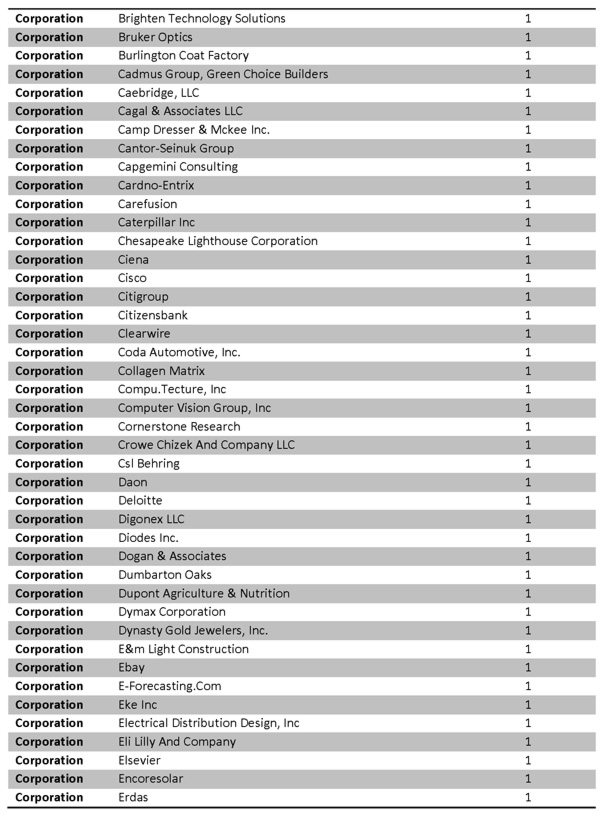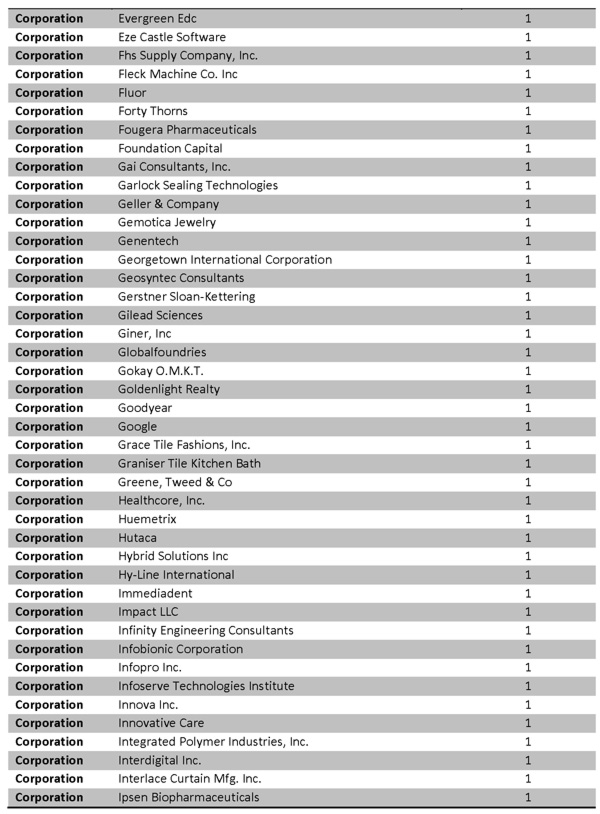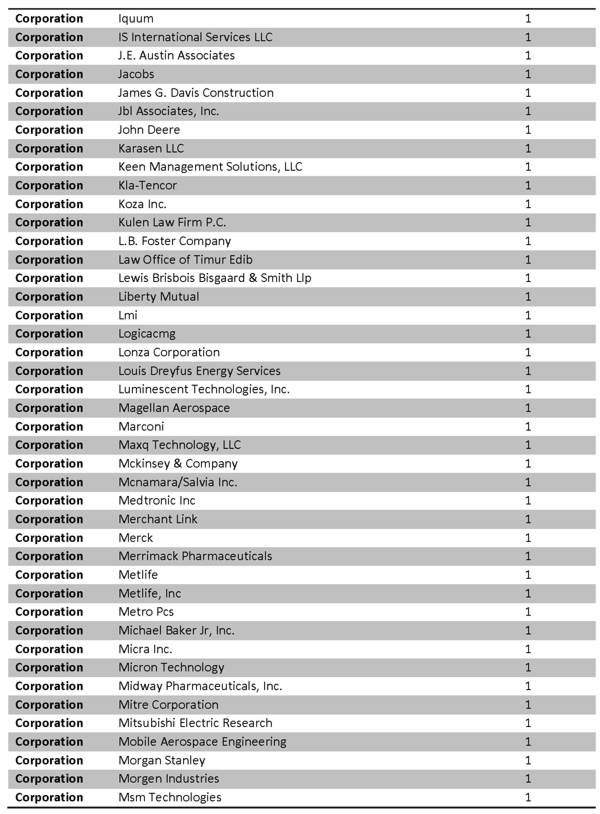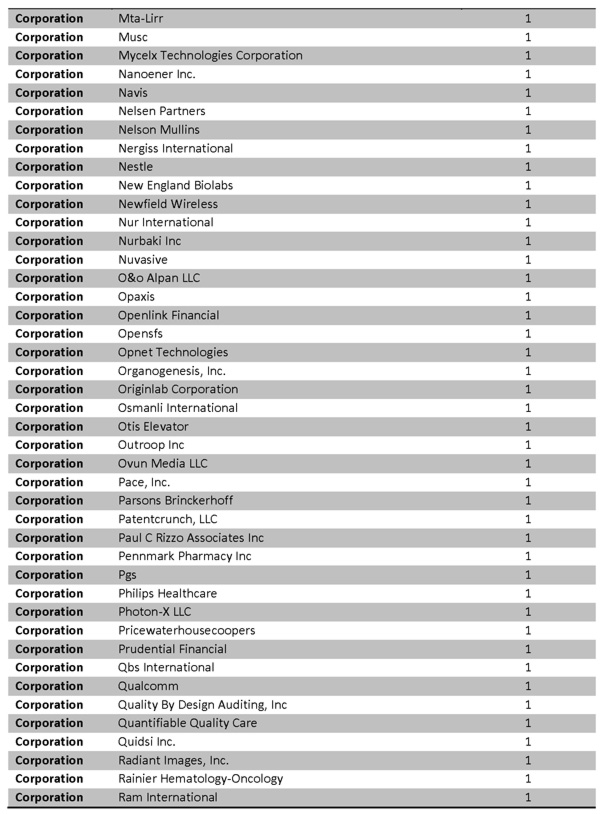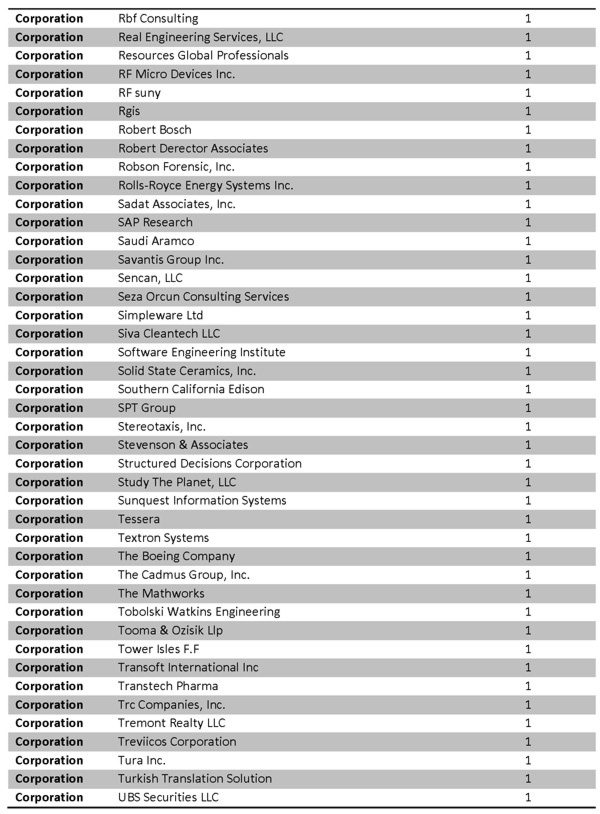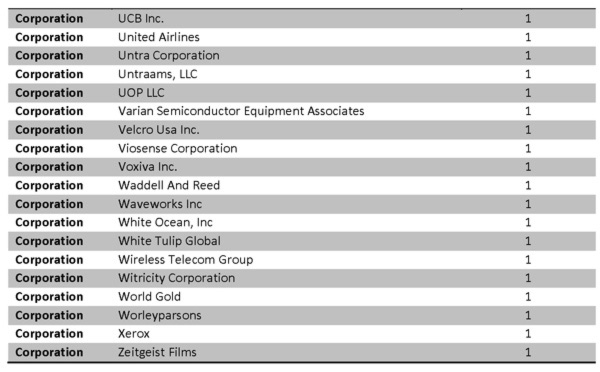Turkish Science Diaspora in the United States
By Levent Guntay, PhD
In this report we provide some demographic characteristics of the Turkish scholars and scientists in the United States. The analysis uses TASSA’s contact database. In this study, we exclude student contacts and non-US contacts. We obtain 2283 faculty members and scientists. Each contact record, at a minimum, contains a member’s name, institution, technical group, and address as of the end of July 2013. We provide summary information regarding geographical distribution, institution type, and technical groups.
Two caveats apply. First, geographic location and institutional affiliations of individuals are quite dynamic. They change locations and institutions frequently. Hence, the reported numbers can change over time. Second, the 2283 individuals in our sample underestimates the true number of the Turkish Science Diaspora. This database is constructed by a systematic analysis of the faculty names in the departments of top 150 US universities. The faculty affiliations that are in the database are verified, updated, and new faculty contacts are added. For non-university contacts we use the names already in TASSA database that have been accumulated over the years. Therefore, although we believe we have captured a substantial fraction of the Turkish Science Diaspora members in the US, we will continue updating the TASSA database to get close to the true number.
1. Geographical Distribution
Table 1 and Figure 1 show the geographical distribution of the Turkish science diaspora in the United States. We observe that Turkish scientists are concentrated in the East Coast and Mid-West and especially in the Northeastern and Mid-Atlantic regions. Eight out of the top ten states with most Turkish scientists (District of Columbia, New York, Massachusetts, Maryland, Pennsylvania, Ohio, Virginia, and New Jersey) are included in these two regions. The rest of the US inhabit relatively fewer Turkish scientists except California in the West and Texas and Florida in the South.
2. By Institution Type
The Turkish scholars and scientists in our analysis are employed by 785 institutions . These institutions can be classified under seven categories ( the number of institutions are in parentheses).
- Corporations (316): US corporations, LLCs and partnerships.
- Universities (306): US colleges and universities.
- Government/Research Institutions (56): US government and state institutions and public and private research institutions.
- Healthcare (43): Public and private, profit and non-profit healthcare institutions such as hospitals, clinics, medical laboratories, and research centers.
- Public Schools (19): K-12 institutions, such as elementary and high schools.
- Diaspora (19): Turkish diaspora institutions in the United States.
- Other (26): Nonprofits, US branches of Turkish private and government institutions, sole proprietorships and institutions with unidentified names.
Table 2 provides the list of these institutions and the number of Turkish scholars and scientists they employ. Figure 2 displays the distribution of our sample of 2283 scholars and scientists across these seven categories. About two-thirds of Turkish science diaspora in the United States work in universities.
3. By Technical Groups
Figures 3, 4, and 5 show the distribution of Turkish Science Diaspora by the technical groups as defined by TASSA bylaws. These groups are: Engineering and Applied Sciences, Health and Biomedical Sciences, Natural Sciences, and Social Sciences and Art & Humanities. Figure 3 shows that Social Sciences and Engineering faculty dominate the sample. Figure 4 shows that Social Sciences and Humanities and Engineering and Applied Sciences each cover about one-third of the total sample of about 1,600 faculty members. Figure 5 shows a similar distribution for the non-academic subsample of scientists and researchers.





